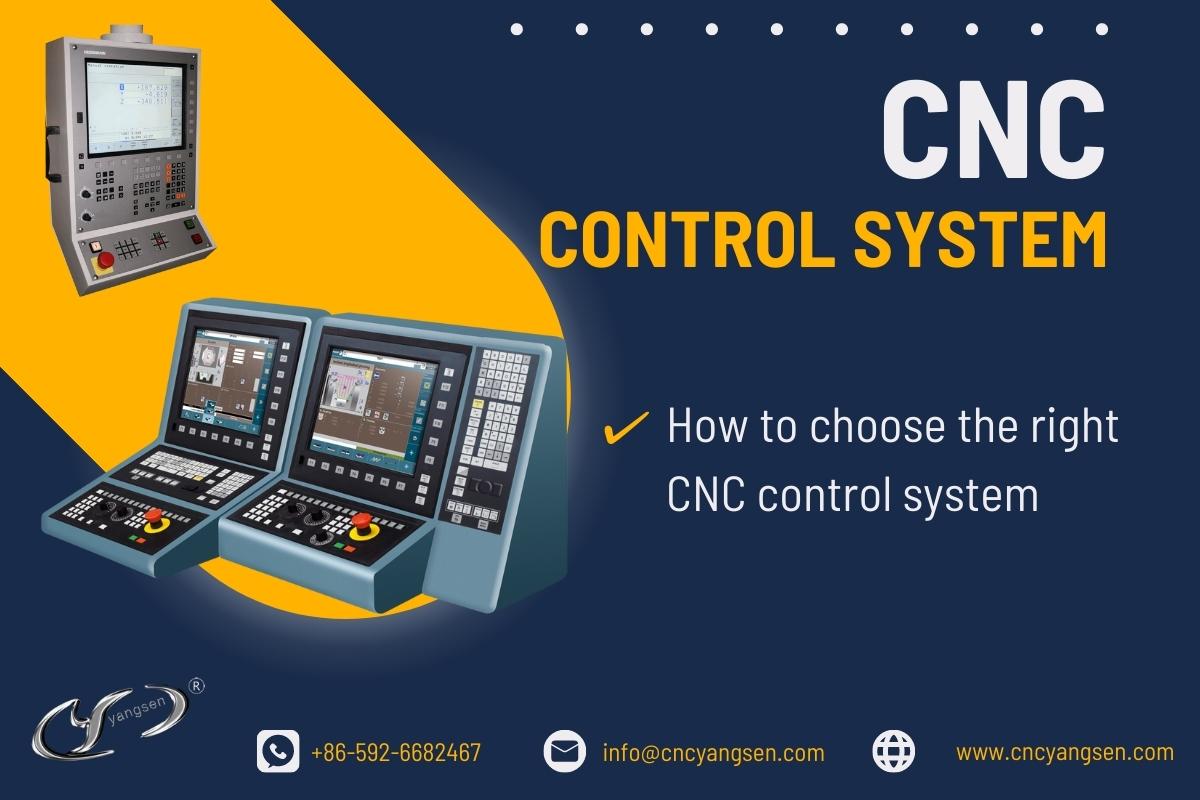
How to choose the right CNC control system
Selecting the proper control system is one of the most crucial choices when buying a new CNC machine. The control system guides the machine's motions and operations. Thus, making the appropriate option may significantly influence the machine's performance, functionality, dependability, and ownership costs. Yet, choosing the ideal control system for your needs can be challenging, given the wide range of solutions offered by numerous manufacturers.
Given their application and financial constraints, this guide aims to provide machine purchasers and other interested readers with the knowledge they need to make the best CNC control system decision. With a well-informed choice, your CNC machines' productivity and success can be increased for years. Now, let’s check it out!
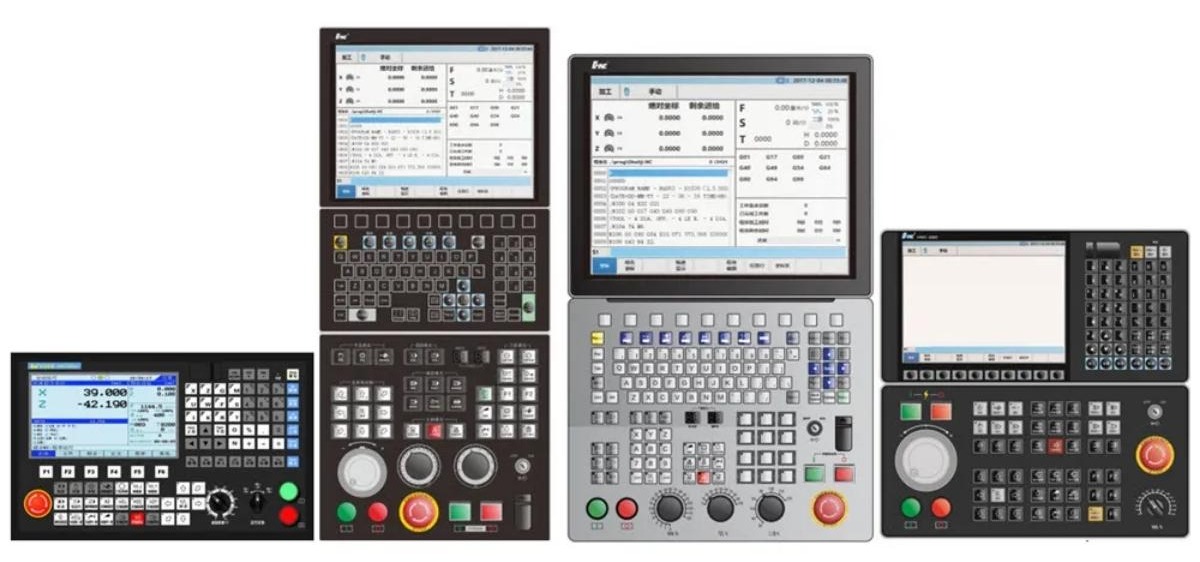
CNC control system - CNC controller
A CNC control system, also known as a CNC controller, is the heart and brain of a Computer Numerical Control (CNC) machine. It is responsible for interpreting instructions, converting them into precise movements, and coordinating various machine functions to execute machining operations accurately and efficiently.
In essence, the CNC control system translates the desired machining instructions into the physical movements and actions of the machine. It allows the machine to cut, mill, drill, bend, and perform other automated manufacturing tasks precisely and repeatably.

Basic CNC control system
The main components of a CNC control system are:
● CPU/Controller: This is the "brain" that interprets and executes the G-code programs. It contains the microprocessor, memory, programming logic, and electronics to control the machine.
● Amplifiers and drivers: These power electronic components generate the electrical signals to control motors and actuators based on commands from the CPU. They amplify small control signals to provide sufficient power.
● Motors and actuators: Linear motors or ball-screw-driven actuators that physically move and position the machine's axes based on control signals from the amplifiers.
● Feedback devices: Sensors that provide feedback to the control system on the machine's actual position and movements. This includes encoders, scales, limit switches, probes, etc.
● Operator interface: The panel display, buttons, and input devices that operators use to control the machine. This includes jog handles, programming keys, and a screen to view statuses, parameters, and programs.
● Memory: The control system needs storage space for G-code programs, tool tables, parameters, and other data. Memory options include RAM, flash memory, and hard disks.
● Communication interfaces: Ports for connecting peripheral devices and for networking. This includes USB, Ethernet, RS-232, Fieldbus, and wireless interfaces.
● Software: The control system software contains the logic to interpret G-code, handle tool offsets, coordinate transformations, and execute all machine functions.
Notes: Those are the primary electronics, mechanisms, and components of a CNC machine control system. The specific configuration of these parts varies between control system designs from different manufacturers.
Since they were first created in the 1950s, CNC systems have undergone much study and development. This has caused it to be widely used in various sectors and given rise to several varieties. The general functions or the work direction of different CNC machine types differ.
Industrial engineers now have a variety of CNC systems to select from. These are a handful of the best-selling products on the market right now.
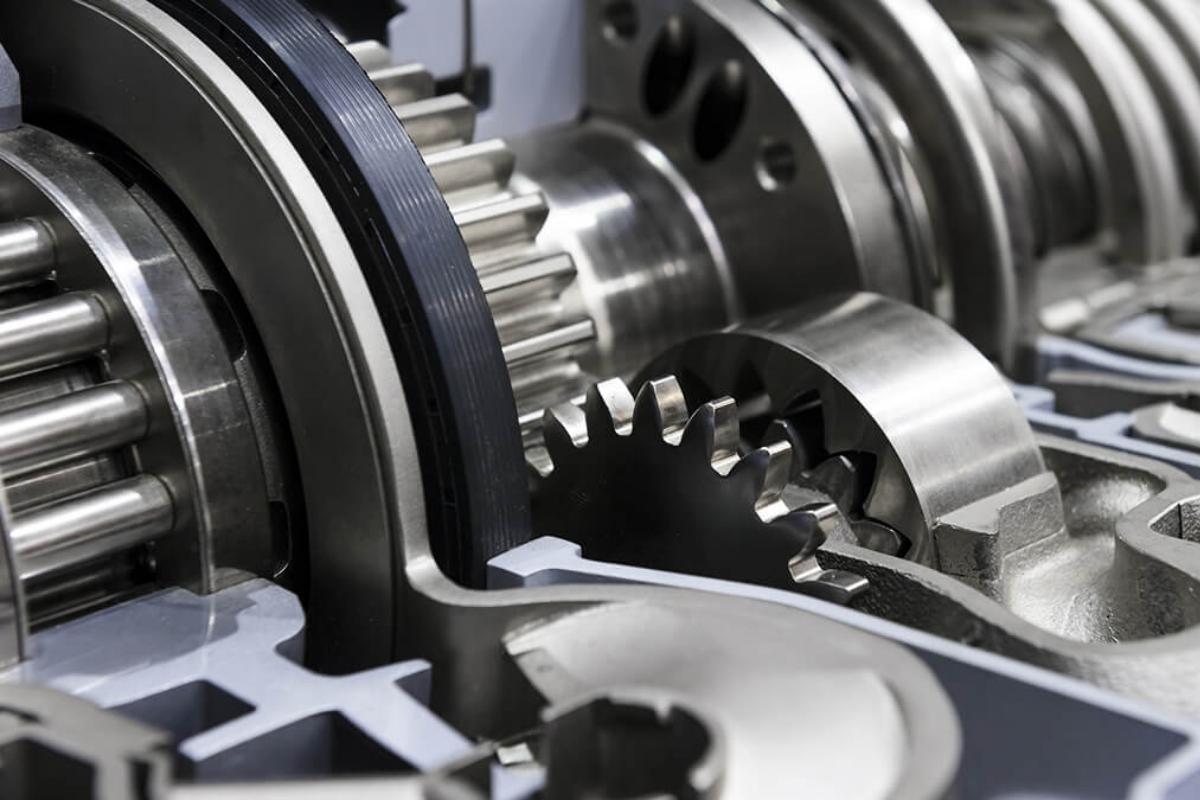
Motion CNC system
There are two basic categories for motion-type CNC systems:
Contouring control systems:
The machine tools operate continually and are designed to cut the material that is provided to them by doing so. CNC milling, lathe, and routing machines are common machines that employ contouring systems.
The simulated movement of the tool and work locations is how the contouring machines work. The control system regulates the locations of the product and the machine.
Point-to-point motion control systems:
While using point-to-point control systems, the workpiece, and tool are both held stationary while the tool completes its necessary task. Drilling machines, tapping machines, boring machines, and other devices are examples of machines that generally operate by point-to-point processes.
These machines guarantee safe and proper completion of work and considerably reduce the margin of error by not moving the parts needlessly throughout the work process.
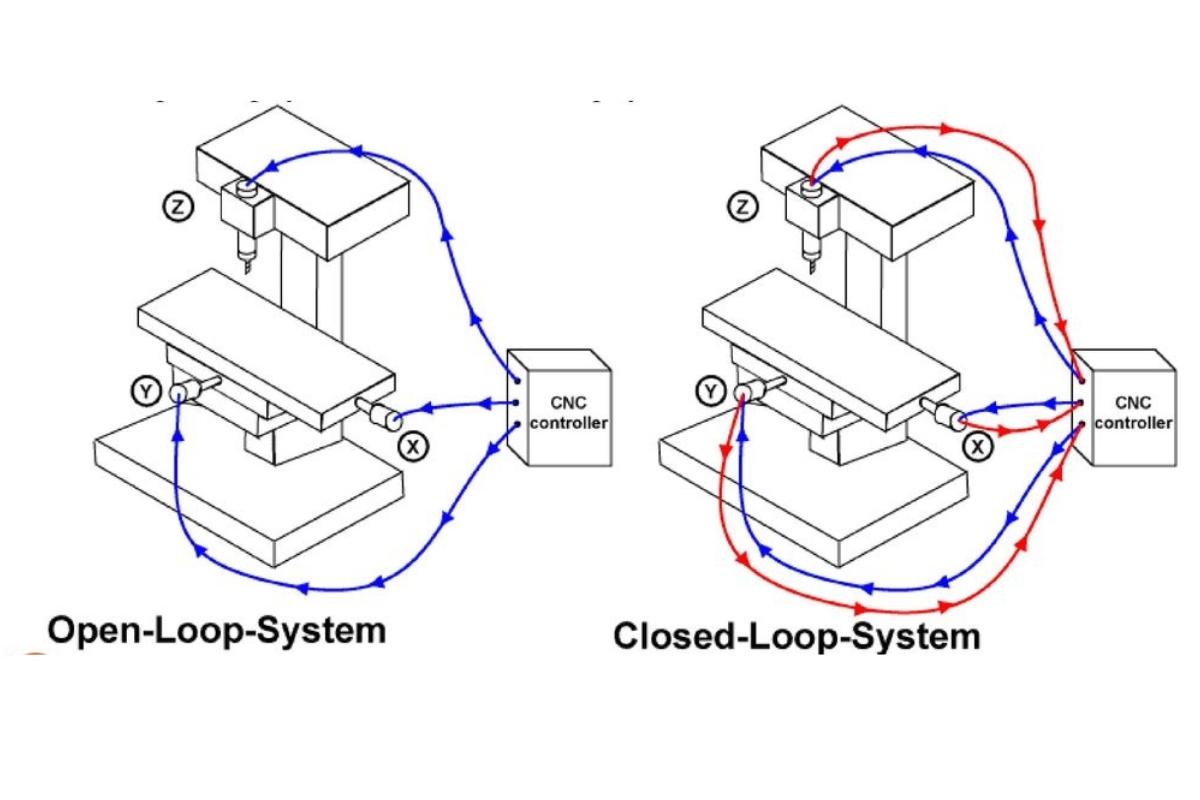
Loop Control CNC Systems
A control loop based on the looping method used in the process, CNC systems may be divided into two types:
Closed-loop systems:
The technique through which this kind of CNC system operates is known as a "closed-loop system," in which feedback is transmitted from the control system to the planned input. An analog or digital system may be used to measure feedback in the case of a CNC system that uses a servo mechanism.
Because to their comprehensive routing and monitoring capabilities, closed-loop systems offer great levels of power and precision.
Open-loop systems:
In an open-loop system, the controller receives the instructions from the input device. The controller then transforms the commands into signals, which are sent to the servo amplifiers, which in turn supply the motors with power.
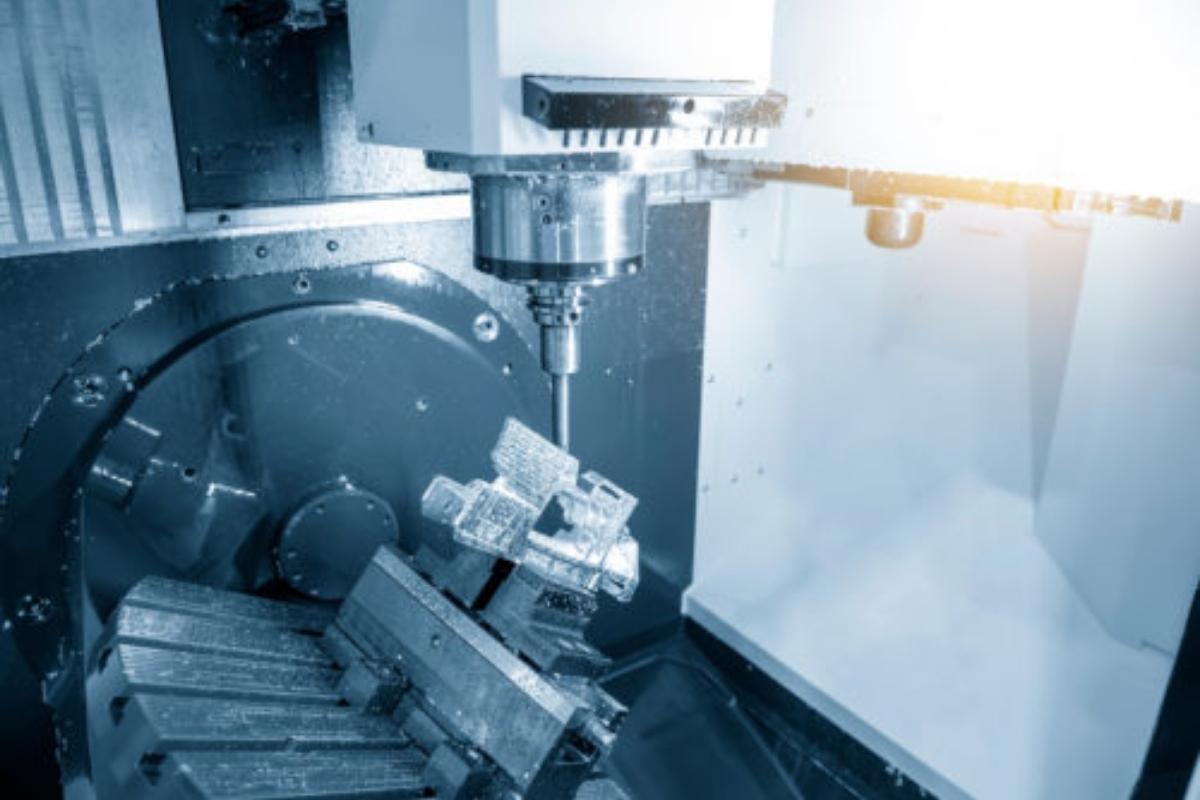
Axis-type CNC systems
Several CNC system types are categorized in this area based on the number of axes. The number of axes is where these control systems diverge most from one another. Yet, this distinction significantly alters how appropriate the CNC machine is for your company.
In general, your needs and expectations for your CNC system are directly reflected in the number of axes in your machine. With each procedure, there is a large deal of potential for variety.
Two-axis control system:
You can only access two axes with the machines. The lathe machine, which solely utilizes the X and Y axes, is a suitable example.
Two-and-a-half-axis control system:
Three axes are on the machines. The three axes can't, though, move in unison. With a two-and-a-half axis control system, the X and Y axes function initially, followed by the third axis.
Three-axis control system:
The three axes used by the machines—X, Y, and Z—are indicated by their names. High degrees of accuracy and precision are achieved when the three axes operate concurrently. However, Three-axis control systems are only suitable for easy tasks and simple applications.
Four-axis control system:
An extra rotating axis known as the B-axis is employed in the procedure in addition to the three conventional axes, X, Y, and Z. Systems with four axes may control either a horizontal or vertical machine.
Five-axis control system:
Contrary to what the name would imply, three-axis machines with different rotating axes in the Y and Z directions are known as five-axis control systems. The A and B axes are another name for these two extra axes. These extra axes have increased the access to undercuts and deep pockets of five-axis control systems.
By following the steps below, you can make an informed decision and choose the right CNC control system that meets your machine's requirements and maximizes your productivity and efficiency:
You can't properly evaluate control system options until you understand the precise performance characteristics, functionality, reliability standards, and other capability requirements for your specific machine and workflow. These requirements serve as the criteria for judging whether a given control system suits your needs.
Here are some referenced machine requirements that you can refer to:
● Machine's intended use and application.
● Required machining capabilities and specifications.
● Other factors such as the size of the machine, number of axes, spindle type, and tool changer requirements.
● Future expansion or upgrades.
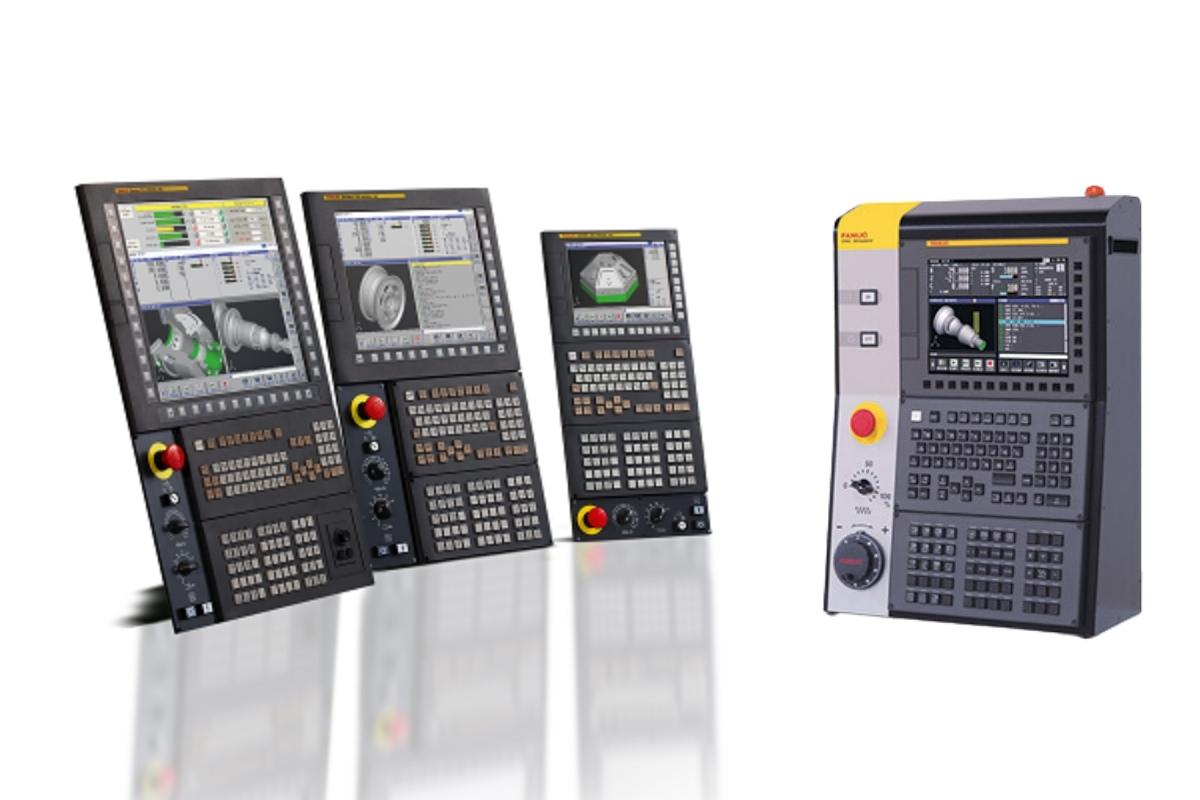
You need to understand various CNC control system types
By researching the various control systems available - including PC-based, proprietary, open architecture, multi-axis, and single-axis options - you'll better understand which options are suitable for your machine and which are not. This research forms the basis for making an informed decision that maximizes value for your needs.
This step involves studying each type's characteristics, advantages, limitations, and applications. For instance, you can explore open-loop control systems, which are known for their simplicity and cost-effectiveness but may have lower accuracy than closed-loop systems. Conversely, closed-loop systems offer higher precision by incorporating feedback mechanisms.
Each control system's specific features and functions represent an important part of evaluating and comparing options. Look beyond basic specs to consider the "softer" features that impact the machine is ability to use, maintain and support over its lifetime.
This step involves:
● Identify essential features required for your machining operations, such as feed rate control, tool compensation, threading, and rigid tapping.
● Consider advanced features like adaptive machining, high-speed machining, tool life management, and graphical simulation.
● Assess the customization and scalability options of the control system.
Compatibility and integration are especially important for control systems used in complex, automated production environments. Evaluating and ensuring full compatibility with your required machine configurations, software tools, and manufacturing systems can help avoid expensive issues.
This step involves assessing whether the control system is compatible with your existing machinery and manufacturing setup. Compatibility includes factors such as the type of motors, drives, and sensors used in your machine. Integration with peripheral devices such as probes, sensors, and automation components should also be evaluated.
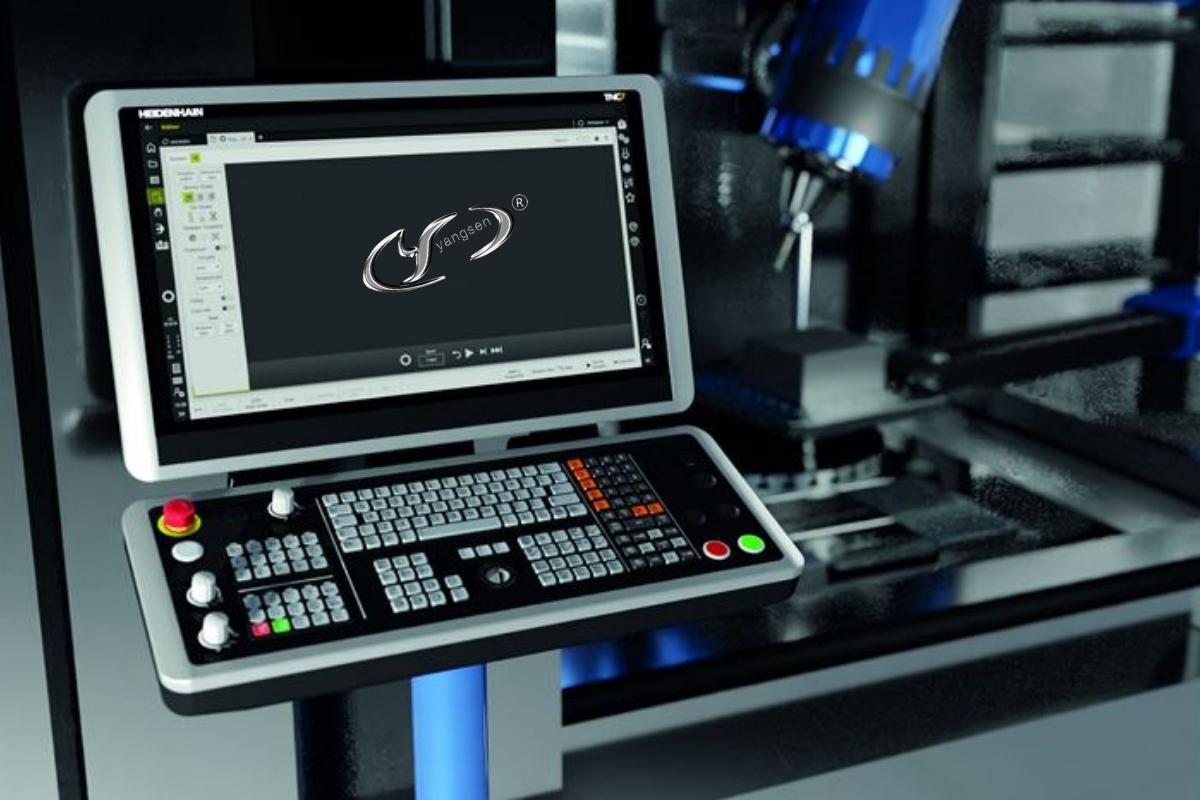
User interface and programming are important when choosing a CNC control system
The user interface and programming software serve as the primary interaction points between operators and the control system. Systems that are easy to learn, configure, troubleshoot, and program through a well-designed interface will allow your machine to achieve higher performance and uptime in the hands of your operators.
Evaluating the user interface for usability, straightforward navigation, and information clarity is crucial. Moreover, the control system has to provide a versatile and potent programming environment that makes it easy to create, modify, and optimize CNC programs.
Performance refers to the overall capabilities and efficiency of the control system. Accuracy refers to the control system's ability to achieve precise positioning and repeatability. To evaluate performance and accuracy, you can refer to technical specifications provided by the control system manufacturer, conduct performance tests, and gather feedback from other users or industry experts.
Proper performance and accuracy are among the most critical factors for CNC machines. By thoroughly evaluating and comparing how various control systems rate throughput, precision, repeatability, motion control, and environmental resistance, you can identify the best match for your machine's target specifications and future growth potential.
It's crucial to precisely estimate the overall cost of owning and managing the control system over its full lifespan - beyond simply the purchase price - to make an informed buying decision that suits your budget. You may determine which choice is the most economical by carefully examining and evaluating the expenses associated with each one of the many aspects that affect the total cost of ownership.
Here’re some budget and costs that you should know when choosing a CNC control system:
● Budget for the CNC control system (initial purchase cost and long-term expenses)
● Return on investment (ROI)
● Maintenance and support costs associated with the control system
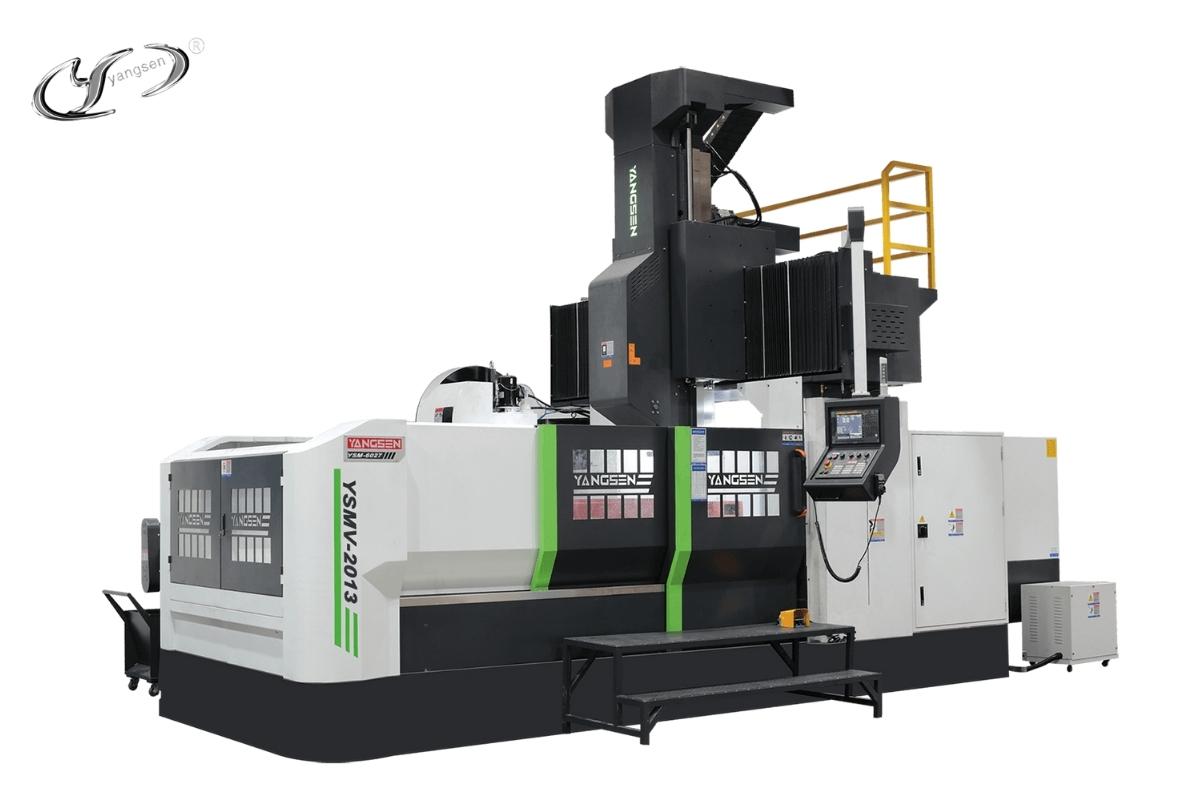
Compare different CNC providers to pick the best one
Conduct thorough research to identify reputable control system providers. Explore their websites, product brochures, and technical documentation to understand the range of control systems they offer and their areas of expertise. Look for providers with a proven track record and experience supplying CNC control systems for your industry or application.
By researching and comparing various control system providers, you'll gain a more comprehensive view of the options available, allowing you to identify the manufacturer that offers the best combination of features, cost, support, and expertise for your requirements. Considering multiple providers leads to a more informed purchase decision.
While it's valuable to research all available options when choosing a CNC control system, at the time of purchase, you need to commit to one specific solution tailored to your custom machine requirements. An integrated approach optimized for one control system design will provide the best long-term value and performance for that particular machine.
Properly installing, configuring, and thoroughly testing the chosen control system on the machine is critical to ensuring that the system will meet requirements and perform as expected.
Any issues identified during implementation can be rectified before the machine enters production. Comprehensive testing verifies that the complete system functions appropriately as an integrated whole.
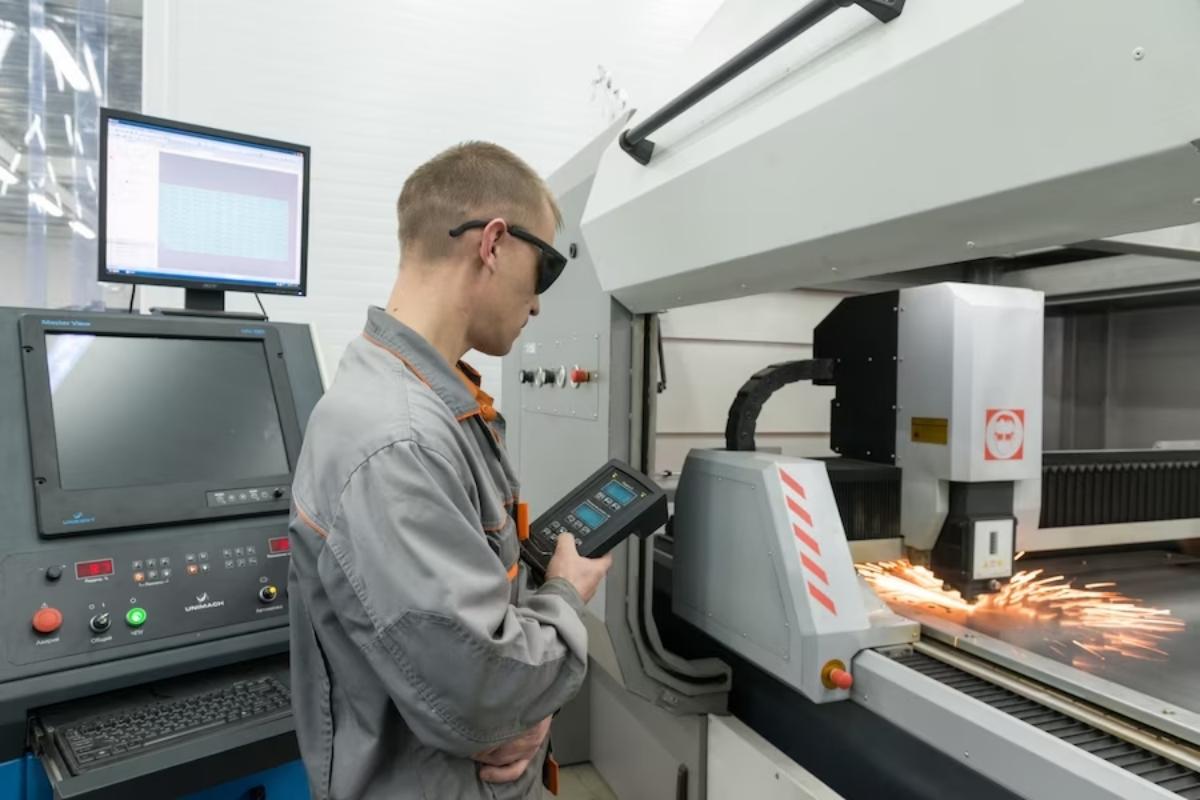
Machine buyer should know some basic CNC parameters
A parameter setting is involved in almost every CNC-related problem. In fact, an inaccurate parameter setting likely is to fault if the system misbehaves. Every CNC user should know a few factors that improve machine efficiency, safety, and usability.
The majority of these variables affect effectiveness. For instance, the chip-breaking G73 peck drilling cycle for machining centers contains a parameter that regulates the amount of retraction between pecks. This number will increase the longer it takes to machine a hole.
Like shallow-hole pecking cycle, the deep-hole pecking cycle features a parameter regulating the space between pecks. Moreover, the G71 rough turning and boring multiple repeated cycle contains a setting that regulates how far the tool retracts (while still feeding) in between roughing passes.
Several G-code modes will be automatically activated when you turn on a machine tool. G-code modes that parameters may set include metric or inch (G21/G20), incremental or absolute (G91/G90), inch or metric (G21/G20), plane selection XZ, XY, or YZ (G17/18/19), fast or linear motion (G00/G01), feed per revolution or feed per minute (G95/G94), and others.
If a value lacks a decimal point, a parameter determines whether it will be treated as a whole number or in a fixed format. If set to a full number, the inch mode will interpret a coordinate value of 10 as 10 inches. It will be rounded to the nearest 0.0010 inch in fixed-format mode.
When making size modifications, this may impact the program compatibility between machines and operator inputs. Another parameter controls the maximum size of a wear offset adjustment. For example, setting this value to 0.02 inch helps reduce operator entry errors.
You can use parameters to declare that a certain G or M code (such as G101 or M87) will carry out predefined CNC programs. This is crucial for creating unique macros for applications with canned cycles. Using a custom macro-related option, You may choose whether a single block will skip or execute logic and arithmetic instructions one at a time.
How programs can be transported to and from the CNC and the device or medium being utilized are controlled by parameters. Popular options include a flash drive, memory card, ethernet, or serial port. The end of a program word (like M30) or the end-of-file delimiter (%) are two more parameters that control when the CNC will finish loading programs.
There are parameters available to prevent some applications from being changed, destroyed, or shown. This enables you to safeguard crucial applications, including custom macros, sub-programs, and probing programs.
What occurs when you switch measurement system modes is controlled by a parameter. The CNC has a single option for placing the decimal point: right or left (no true conversion). 10.0000 inches is converted to 100.000 millimeters. All data are transformed with the other, including offset settings and axis positions. 10.0000 inches is converted to 254.000 millimeters.
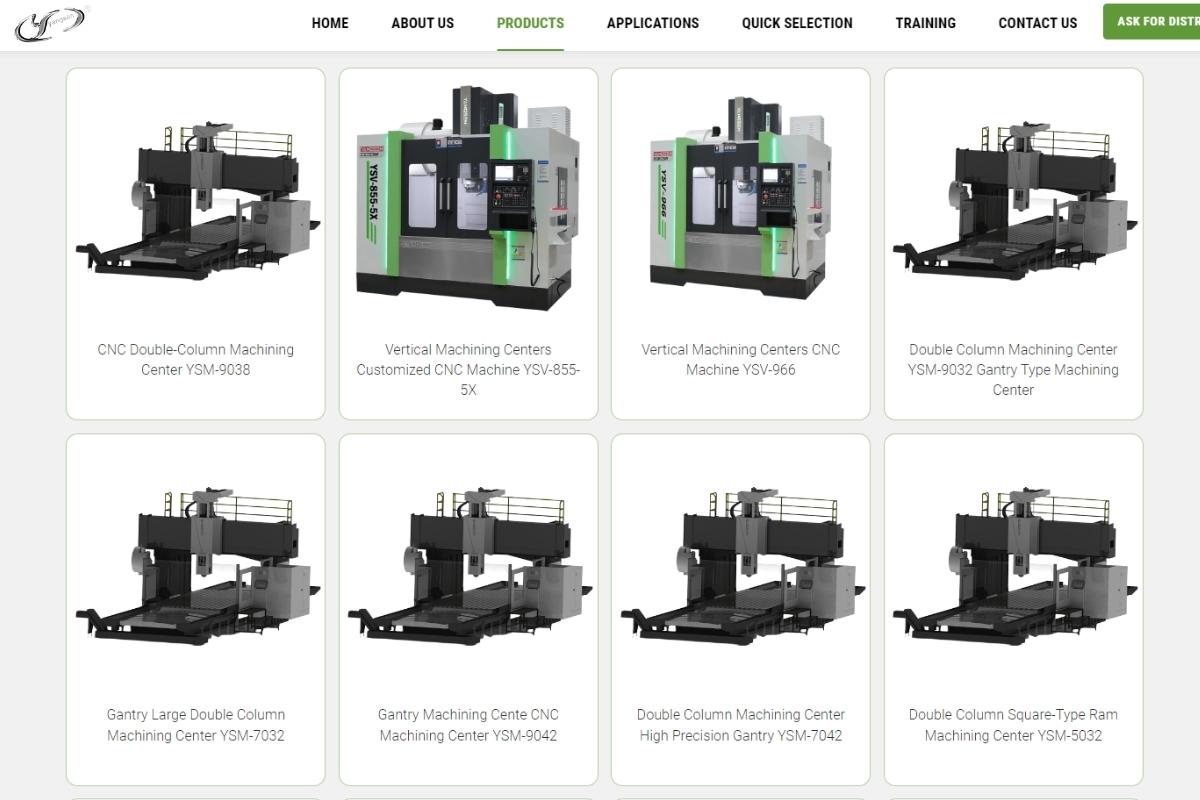
Yangsen is considered as one of the best CNC machine providers
There are several top CNC control system providers in the industry known for their quality, innovation, and customer satisfaction. Each one is well-known for its different strengths in providing CNC machines.
Setting a standard for quality in the sector, Yangsen is known as one of the top suppliers of CNC machines with efficient CNC control systems. They have built a solid reputation by providing a comprehensive solution with premium CNC machines and cutting-edge control technologies.
The integration of Yangsen's CNC machine with optimized CNC control systems further distinguishes them as a leading provider. Their control systems are purposefully designed to maximize the potential of their CNC machines. Yangsen's CNC enables precise positioning, accurate tool control, and efficient machine operation by leveraging advanced algorithms, real-time feedback mechanisms, and high-resolution sensors.
Choosing the right CNC control system for your machine is one of the most important purchase decisions you will make. The control system directly impacts performance, capability, reliability, and cost of ownership—and ultimately determines the value of your machine investment.
This guide has aimed to equip you with the essential knowledge you need to make an informed choice that meets your requirements and budget. Hope that the guidance provided in this guide helps you achieve a successful outcome for your machine purchase.